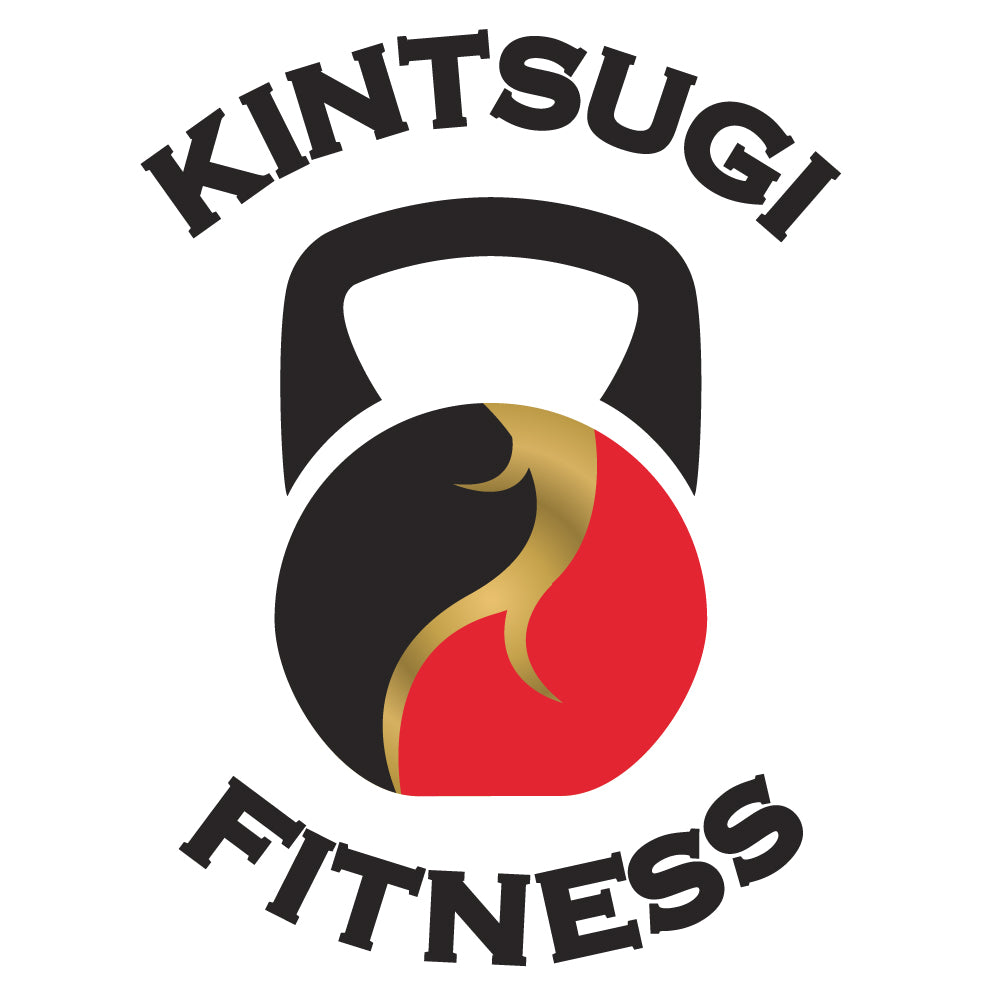High-Intensity Interval Training (HIIT), particularly in the discipline of kickboxing, is renowned for its rigorous demands and remarkable benefits. As we unravel the complexities of enhancing performance in kickboxing HIIT, it's imperative to heed expert advice and learn from a spectrum of your personal experiences. The following are the top 5 habits for optimal recovery, speed, endurance, and power in this dynamic sport.
1. Structured Recovery Protocols
Recovery isn't merely a break from training; it's an active phase where the body repairs and strengthens itself. Experts and athletes alike underscore the importance of structured recovery protocols. This includes adequate sleep, hydration, and nutrition, particularly the intake of protein and anti-inflammatory foods. Techniques like foam rolling, stretching, and cold showers can accelerate muscle recovery. Incorporating yoga or meditation can also significantly enhance mental recovery, an often overlooked aspect of HIIT.
2. Proper Nutrition
Fueling the body with the right nutrients is critical. A balance of carbohydrates, proteins, and fats is essential to provide the energy for intense workouts and to facilitate recovery. Athletes often turn to nutrient-dense meals that include lean proteins and complex carbohydrates. Hydration, with an emphasis on replenishing electrolytes lost during intense sessions, is equally crucial. Experts suggest consulting a sports nutritionist to tailor a diet plan that complements one's training regime and body type.
3. Progressive Overload
To continually improve, one must progressively increase the training demands. This doesn't necessarily mean longer sessions but rather integrating higher intensity, varied movements, or additional resistance. Expert trainers advocate for a gradual increase in difficulty to avoid burnout and injury. Members across all levels have noted significant improvements in endurance and power when adhering to a well-planned progression strategy.
4. Mental Toughness Training
The mental aspect of kickboxing and HIIT is as demanding as the physical. Developing a strong mindset is a habit shared by the most successful athletes. Visualization techniques, goal setting, and positive self-talk are practices often recommended by psychologists specializing in sports. Common experiences from members reveal that mental resilience helps in pushing through tough sessions and in recovery phases.
5. Regular Assessment and Adaptation
Finally, continuously assessing one's performance and adapting training accordingly is vital. This includes tracking progress, identifying weaknesses, and adjusting training components. Experts emphasize the importance of listening to one's body and modifying routines to prevent overtraining. Regular check-ins with coaches and incorporating feedback from peer experiences can provide valuable insights for improvement.
In conclusion, enhancing performance in kickboxing and HIIT is a multifaceted endeavor. It's about harmonizing the physical with the mental, the intense with the restorative, and the personal with the communal. As we integrate these top habits, recommended by experts and validated by members, into our routines, the journey to peak performance in kickboxing HIIT not only becomes more structured but also more enriching and attainable. Remember, the path to excellence is a marathon, not a sprint; unless you’re a sprinter. 🙂

